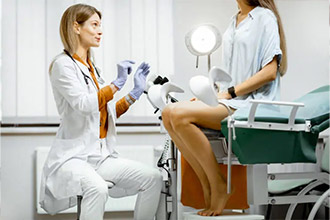Seasons Women’s Care
10115 Forest Hill Blvd. Suite 300
Wellington, FL 33414
Phone: (561) 328-6165
Fax: (888) 987-6762
Hours:
Monday: 8:30am – 4:30pm
Tuesday: 8:30am – 4:30pm
Wednesday: 8:30am – 4:30pm
Thursday: 8:30am – 4:30pm
Friday: 8:30am – 4:00pm
Saturday: Closed
Sunday: Closed
Seasons Women’s Care
10115 Forest Hill Blvd. Suite 300
Wellington, FL 33414
Phone: (561) 328-6165
Fax: (888) 987-6762
Hours:
Monday: 8:30am – 4:30pm
Tuesday: 8:30am – 4:30pm
Wednesday: 8:30am – 4:30pm
Thursday: 8:30am – 4:30pm
Friday: 8:30am – 4:00pm
Saturday: Closed
Sunday: Closed







